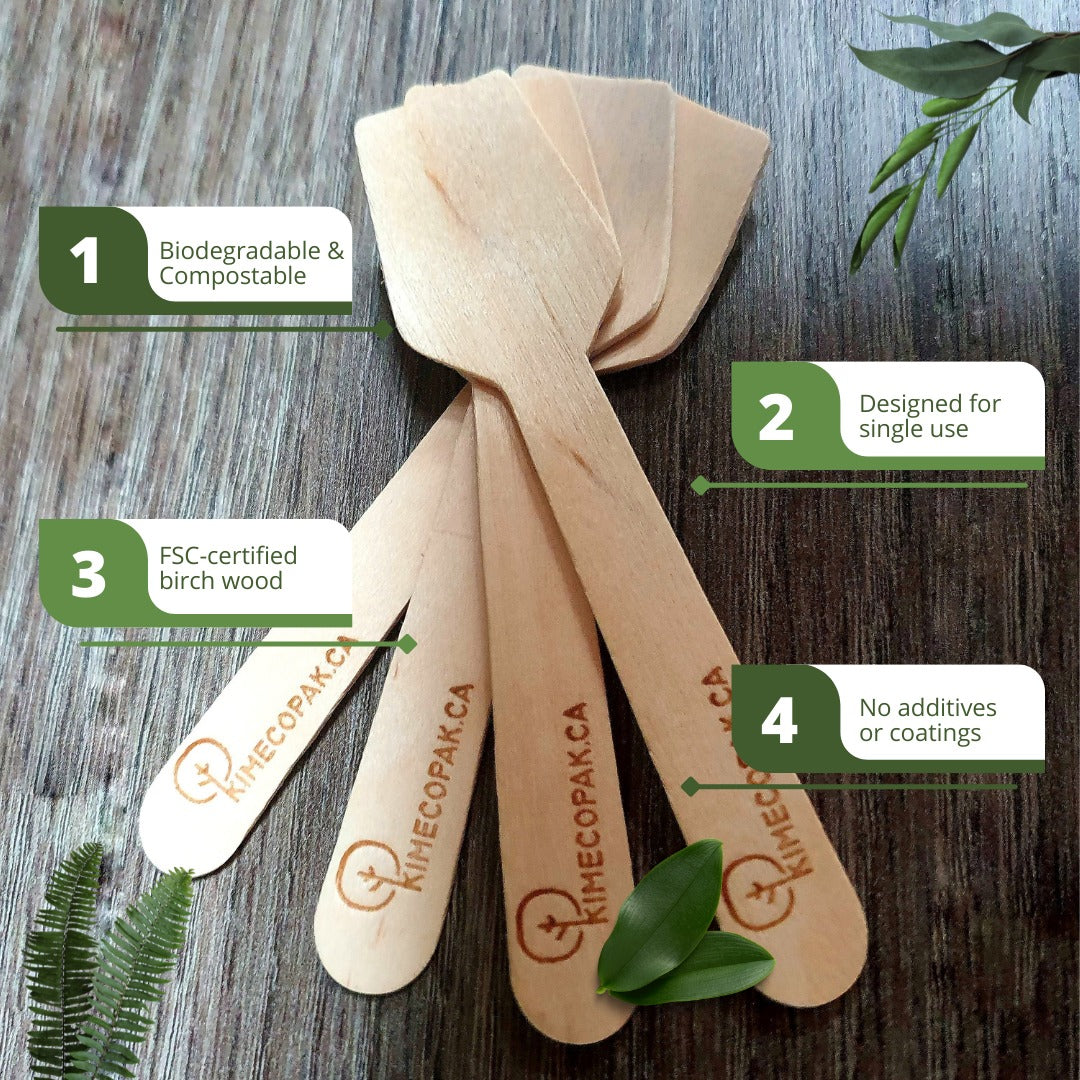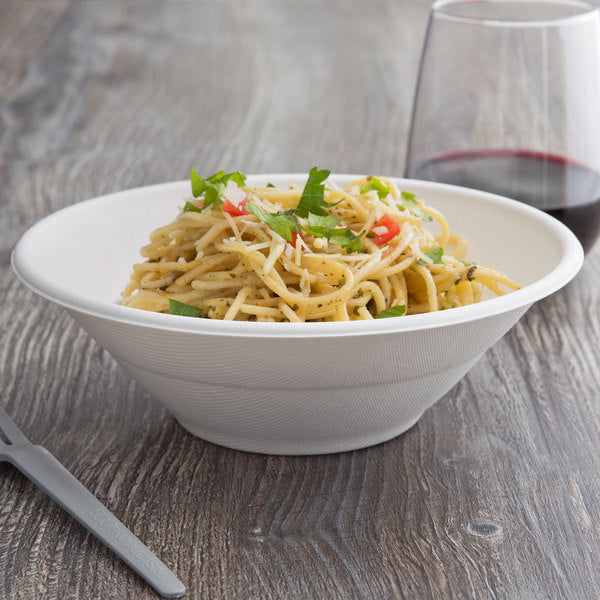Chutney, a versatile condiment originating from India, has found its way into kitchens worldwide. Known for its vibrant flavors and diverse applications, chutney can enhance a wide range of dishes. This article explores the definition, ingredients, uses, pairing suggestions, and provides several delicious chutney recipes for you to try.
- Types Of Flavor Enhancers. Why Are Flavor Enhancers Used?
- Exploring the Most Expensive Cheese List In The World
- Alternative To Nut Butter: What Can You Use Instead Of Nut Butter?
- How To Store Chutney For Better Shelf Life. Tips on Storing Chutney
What Is Chutney?
Chutney is a type of condiment made from a variety of fruits, vegetables, herbs, and spices. It can range from sweet to savory and mild to spicy, depending on the ingredients and preparation method. Traditionally used in Indian cuisine, chutney has become popular globally for its ability to add a burst of flavor to meals.

What Is Chutney Made Of?
Chutney ingredients can vary widely, but they generally include:
- Fruits or Vegetables: Such as tomatoes, mangoes, apples, or mint.
- Spices and Herbs: Commonly used spices include cumin, coriander, mustard seeds, and herbs like mint and cilantro.
- Acidic Components: Vinegar or lemon juice is often added to balance the sweetness and preserve the chutney.
- Sweeteners: Sugar or jaggery to enhance sweetness.
- Additional Flavors: Ingredients like garlic, ginger, and chili peppers are often included for extra flavor.
What Is Chutney Used For?
Chutney is used in various ways to enhance the flavor of food:
- As a Condiment: Served alongside dishes like curries, rice, and bread.
- As a Spread: Used in sandwiches, wraps, and burgers.
- As a Dip: Paired with snacks like samosas, pakoras, and chips.
- As a Marinade or Glaze: Used to marinate meats or as a glaze for roasting.
What Goes Well With Chutney?
Chutney pairs well with a variety of foods:
- Grilled Meats: Adds a burst of flavor to chicken, pork, and lamb.
- Cheese: Complements cheeses like cheddar, brie, and goat cheese.
- Bread and Crackers: Perfect as a spread for breads and crackers.
- Vegetables: Enhances the taste of roasted or grilled vegetables.
- Rice and Noodles: Adds depth to plain rice and noodle dishes.

How To Make Chutney
Making chutney is relatively simple and involves cooking the ingredients together until they achieve the desired consistency. Here's a basic method:
- Prepare Ingredients: Chop fruits or vegetables, measure spices, and prepare acidic components and sweeteners.
- Cook: Combine all ingredients in a pot. Bring to a boil, then reduce to a simmer.
- Simmer: Cook until the mixture thickens, stirring occasionally.
- Cool and Store: Allow the chutney to cool before storing in sterilized jars.
Common Chutney Recipes
Here are some popular chutney recipes to try:
Tomato Chutney
- Ingredients: Tomatoes, onions, garlic, ginger, mustard seeds, vinegar, sugar, salt.
- Method: Sauté onions, garlic, and ginger. Add tomatoes, mustard seeds, vinegar, sugar, and salt. Cook until thickened.
Mango Chutney
- Ingredients: Ripe mangoes, vinegar, sugar, ginger, garlic, chili flakes, salt.
- Method: Combine all ingredients in a pot. Simmer until mangoes are soft and the mixture is thick.

Mint Chutney
- Ingredients: Fresh mint leaves, cilantro, green chilies, lemon juice, salt, sugar.
- Method: Blend all ingredients until smooth. Adjust seasoning to taste.
Tamarind Chutney
- Ingredients: Tamarind pulp, dates, jaggery, cumin powder, chili powder, salt.
- Method: Cook tamarind pulp with dates, jaggery, and spices until thick.
Green Chutney
- Ingredients: Fresh cilantro, mint leaves, green chilies, garlic, lemon juice, salt.
- Method: Blend all ingredients until smooth. Add water if needed for desired consistency.
Peanut Chutney
- Ingredients: Roasted peanuts, garlic, green chilies, tamarind, salt.
- Method: Blend all ingredients until smooth. Add water if needed for desired consistency.

Apple Chutney Recipe
- Ingredients: Apples, onions, raisins, vinegar, sugar, ginger, mustard seeds, salt.
- Method: Cook all ingredients until apples are soft and the mixture is thick.
Difference Between Chutney vs Jam
| Feature | Chutney | Jam |
|---|---|---|
| Ingredients | Fruits/vegetables, spices, vinegar, sugar | Fruits, sugar, pectin |
| Flavor | Sweet, savory, spicy | Sweet |
| Texture | Chunky or smooth, variable consistency | Smooth, gel-like consistency |
| Use | Condiment, dip, spread | Spread on bread, filling for desserts |
Difference Between Chutney vs Relish
| Feature | Chutney | Relish |
|---|---|---|
| Ingredients | Fruits/vegetables, spices, vinegar, sugar | Vegetables, vinegar, sugar, spices |
| Flavor | Sweet, savory, spicy | Tangy, sweet |
| Texture | Chunky or smooth, variable consistency | Finely chopped vegetables, chunky |
| Use | Condiment, dip, spread | Topping for hot dogs, burgers, sandwiches |
Conclusion
Chutney is a versatile and flavorful condiment that can enhance a variety of dishes. Whether you're pairing it with meats, cheeses, or vegetables, or using it as a spread or dip, chutney adds a unique burst of flavor. With numerous recipes and variations, there's a chutney to suit every palate. Understanding the differences between chutney, jam, and relish, and knowing how to make your own chutney at home, can elevate your culinary creations and bring a taste of tradition to your table.
Related Articles:
- How to Make Tomato Chutney? How Long Does Tomato Chutney Last?
- How to Make Mango Chutney. Things to Do With Mango Chutney
- How To Make Green Chutney For Sandwich, Dosa, Chaat - Green Chutney Recipe
- Types of Coconut Chutney-How To Make Coconut Chutney
- How to Make Mint Chutney For Sandwich, Idli, Dosa & Vada







